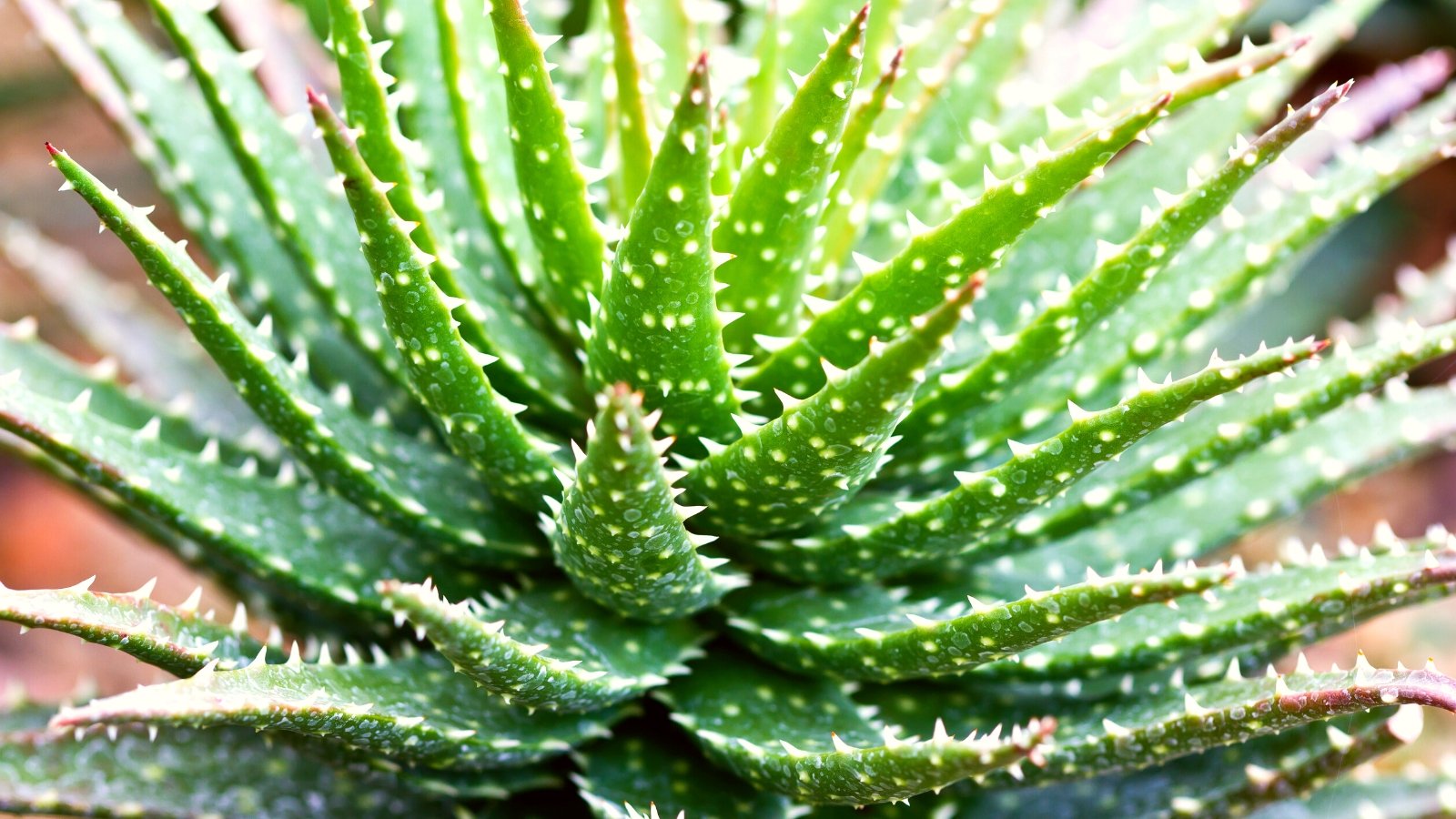[ad_1]
After we contemplate aloe, many contemplate sunburns and big fleshy vegetation filled with therapeutic gel. Nevertheless that is only one species of aloe. There are quite a lot of species of aloe all through the genus and previous.
‘Minnie Belle’ aloe is as cute as her title suggests. This small aloe has spiky tooth alongside the floor of its fleshy leaves. It is a good inexperienced with white speckles. Within the summertime, it may bloom tall stems of bell-shaped purple flowers which might be placing and attraction to hummingbirds.
This small houseplant is a low-maintenance succulent that you’re going to love together with to your assortment. Within the occasion you’re new to houseplants, ‘Minnie Belle’ is an excellent one to begin out with. It requires minimal care and has few points.
Plant Overview
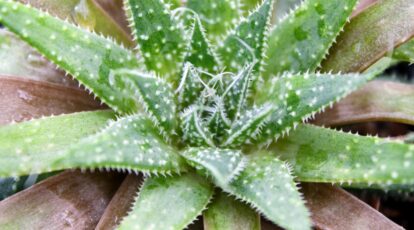

|
|
|
|
Plant Historic previous
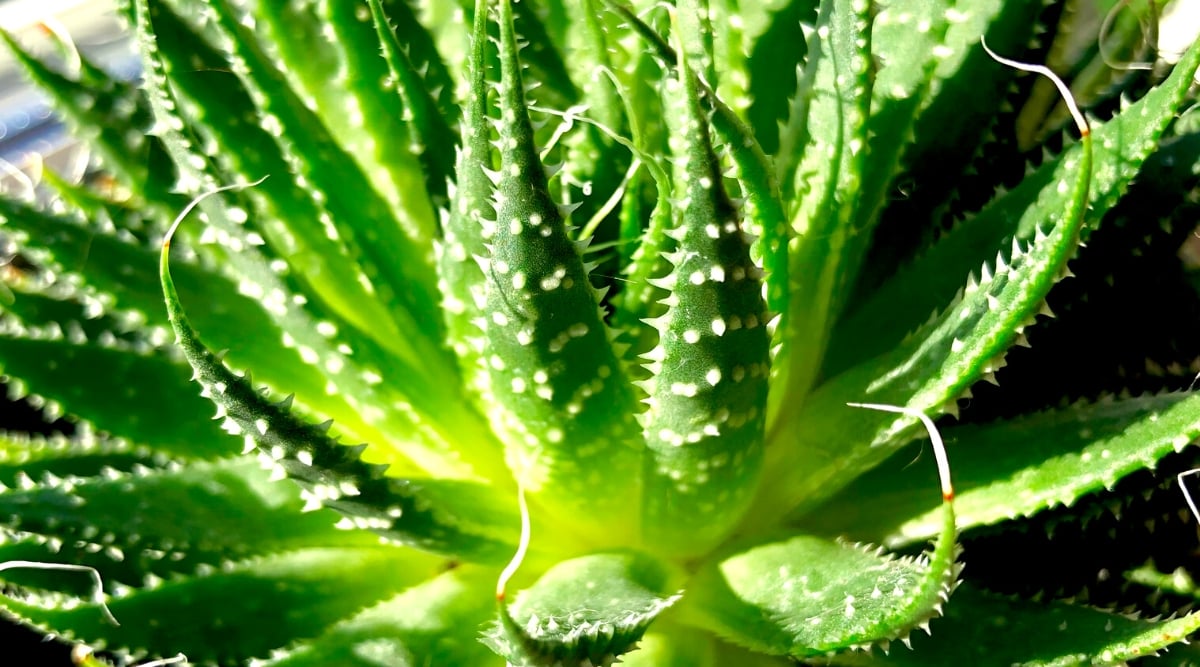

‘Minnie Belle’ aloe is a spiky species of aloe. Plant breeder Ed Hummel created this hybrid and named it after his partner, Minnie.
Cultivation
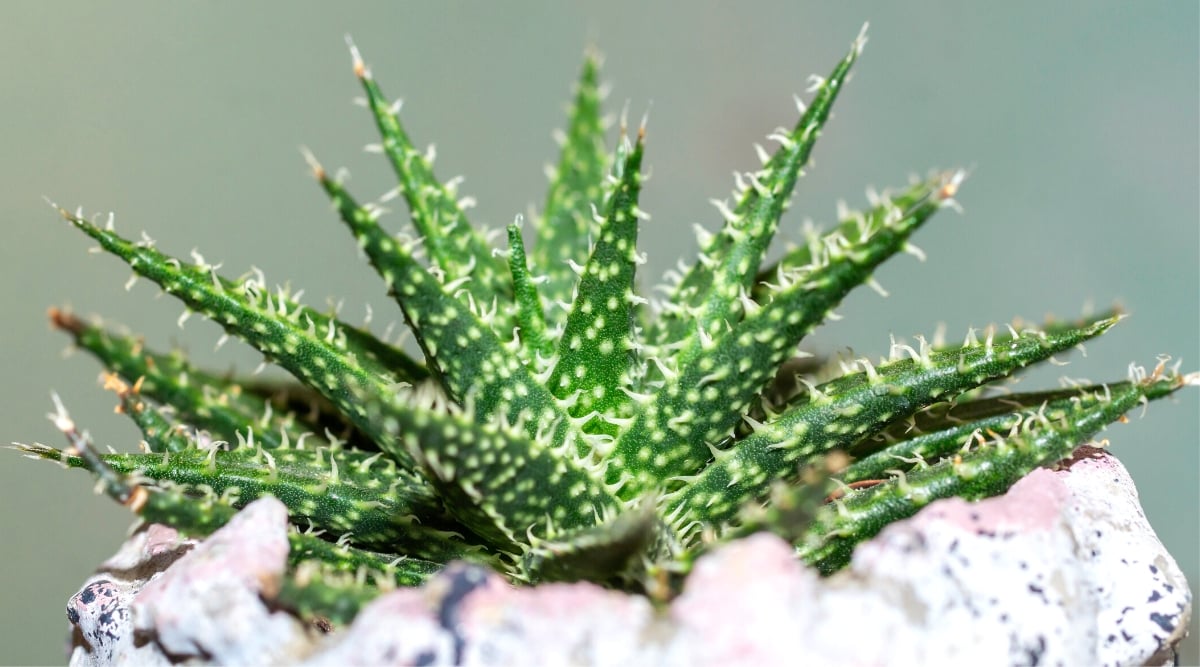

All through the genus Aloe, there are spherical 650 species. There are quite a few types of aloes all through the species.
Aloe varieties are typically created by mixing and hybridizing species. A mixture of two or further guardian vegetation can create a model new hybrid.
Propagation
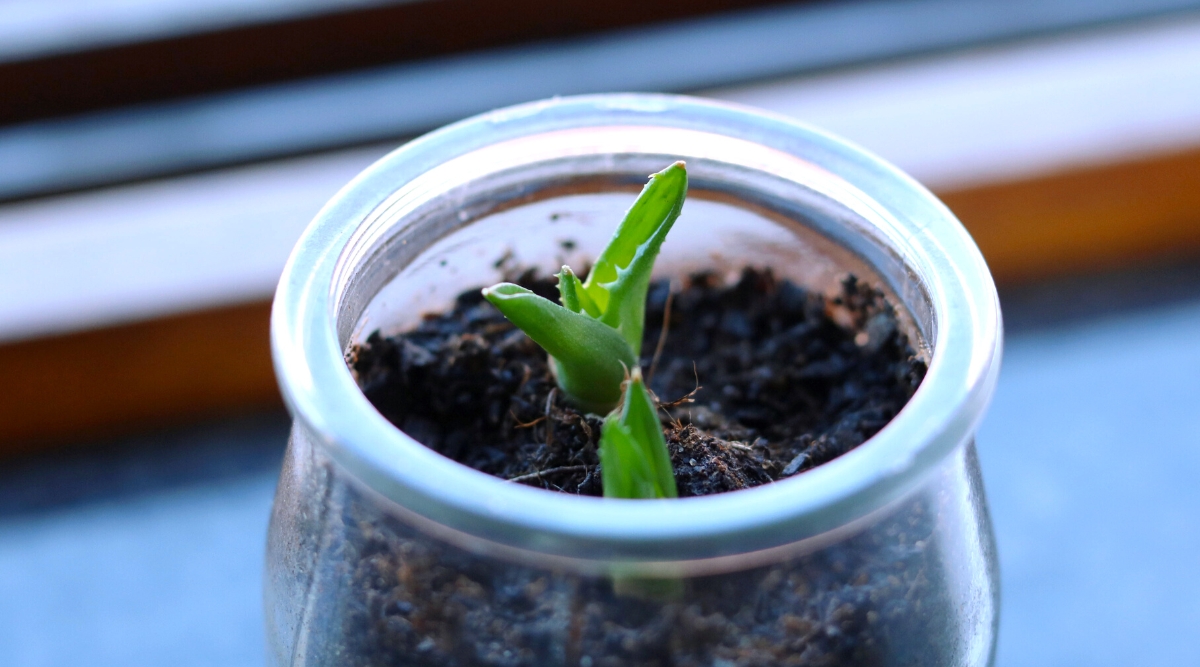

Aloes are merely propagated. For those who acknowledge anyone who has one, it is easy to propagate. There are two predominant strategies to propagate: stem cuttings and through pups.
If the plant you could be working with is only a single clump or ‘rosette,’ you might propagate by a stem slicing. Take a leaf slicing from the underside of the plant. Use a sharp knife to slice off the leaf from the stem cleanly. Let the slicing sit for various hours or in a single day, allowing the decrease flooring to dry out. Dip the slicing proper right into a rooting hormone and plant it in evenly moist soil. A soil combine formulated for cacti is sweet. Maintain the soil moist until roots form.
In case your aloe is sprouting pups, it is easy to propagate them. Pups or offsets are small rosettes that sort on the precept/mother plant. Take away the pup using a sharp knife, in any other case you might presumably pull it off gently. Plant the pup into evenly moist cactus combine soil. Maintain the soil moist until it begins to root. For various days, you can cowl the aloe with a plastic cowl to lock throughout the moisture. Merely don’t go away it on too prolonged, or the aloe can start to rot.
Planting
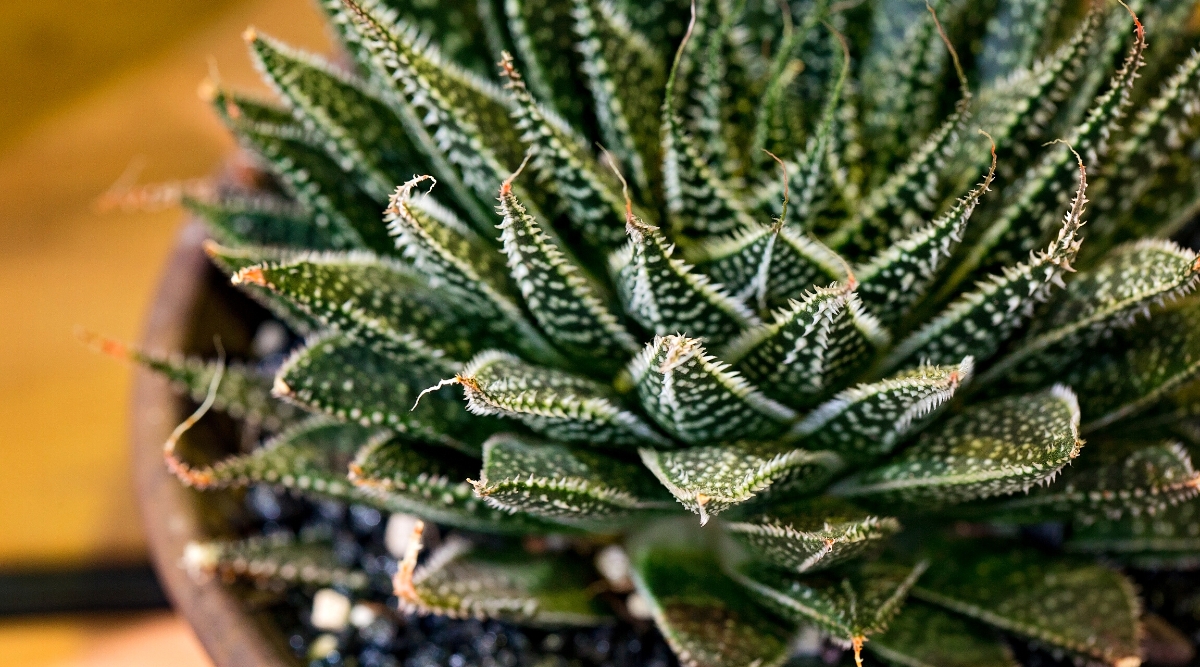

‘Minnie Belle’ Aloe is fairly simple to plant. Take away it from its container and plant it proper right into a cactus combine soil mix. Robust up the roots and soil throughout the plant so it is not throughout the type of the container it was in.
Plant your aloe as a lot because the crown of the plant. In case you’re planting it into one different pot, assure that pot has drainage holes to let further water run out.
One of the best ways to Develop
These cute vegetation develop biggest when equipped with their preferrred conditions. Let’s examine what these conditions are.
Daylight Requirements
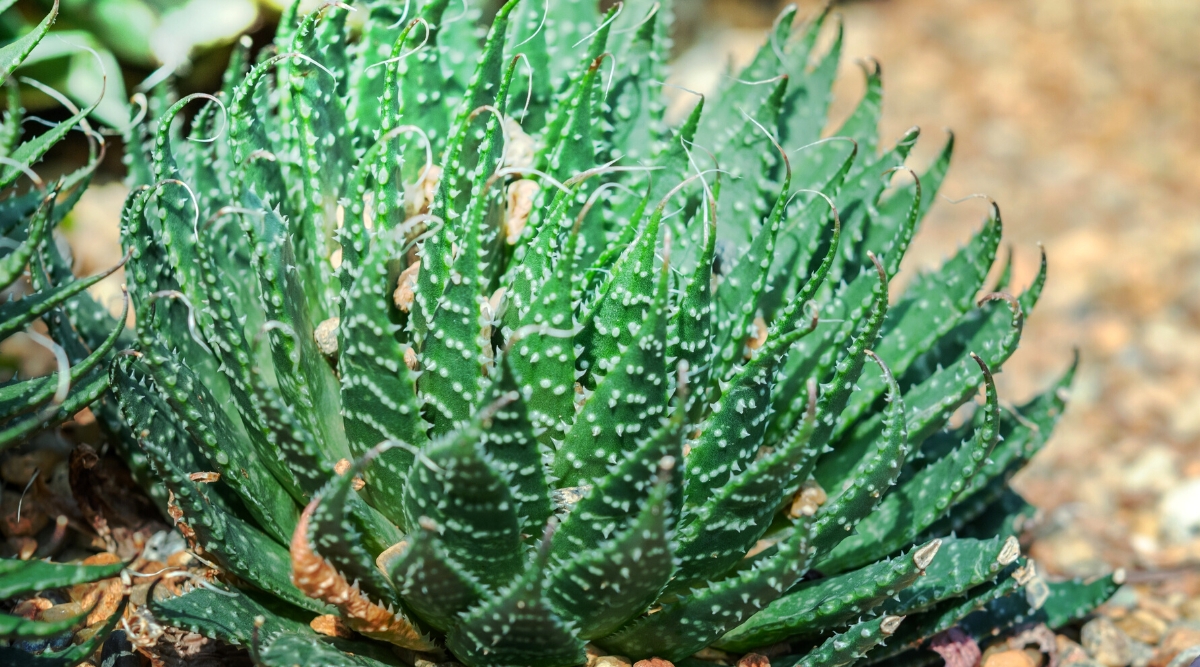

You might suppose that ‘Minnie Belle’ likes full scorching photo voltaic since it is a succulent. Nevertheless that is not the case. An extreme quantity of photo voltaic can sunburn your plant.
The sensible, indirect photo voltaic is correct. Like its cousin aloe vera, providing a minimum of six hours of shiny indirect photo voltaic will protect your ‘Minnie Belle’ rising fairly. Take into consideration further photo voltaic in case you’re in quest of blushing solutions in your aloe. This photo voltaic stresses your plant, creating blushing coppery suggestions on the aloe leaves.
In case your aloe won’t be getting ample photo voltaic, it may appear leggy and limp. It will develop in direction of the sunshine.
Soil Requirements
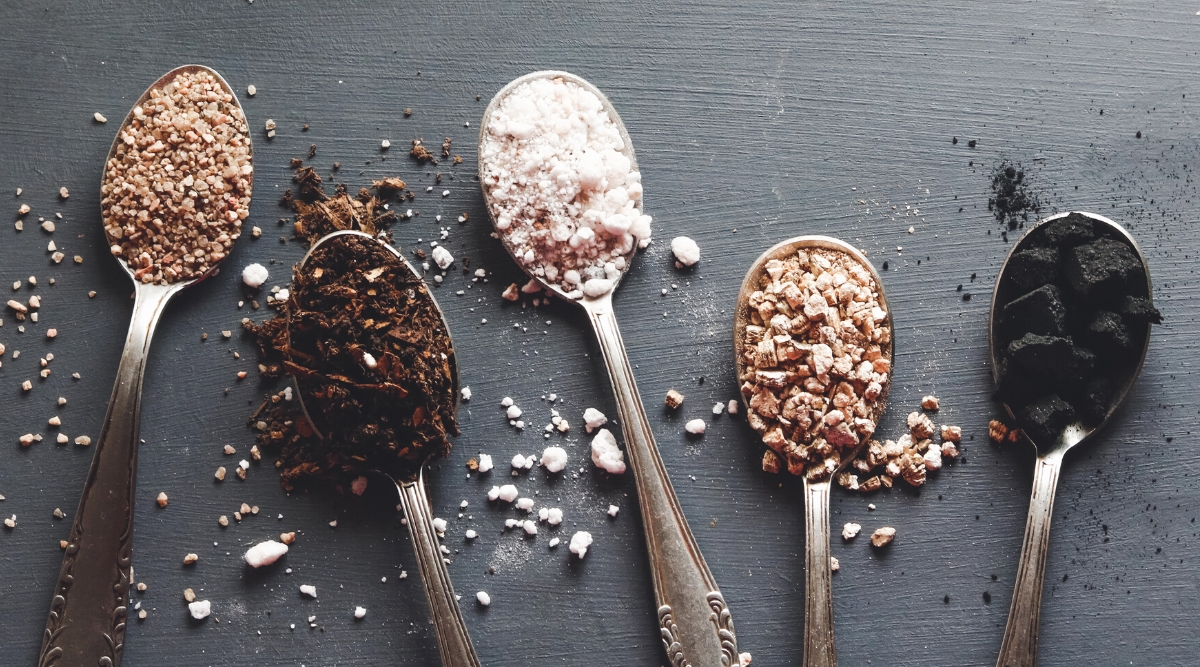

Aloe desires very free and actually well-drained soil. A cactus combine is free and sandy and might drain freely. That’s the most fitted option to your aloe.
To make your particular person cactus bend, use two parts of top quality potting soil, two parts coarse sand, and one half perlite or pumice. Combine it correctly for a tough, free soil good for rising aloe.
Water Requirements
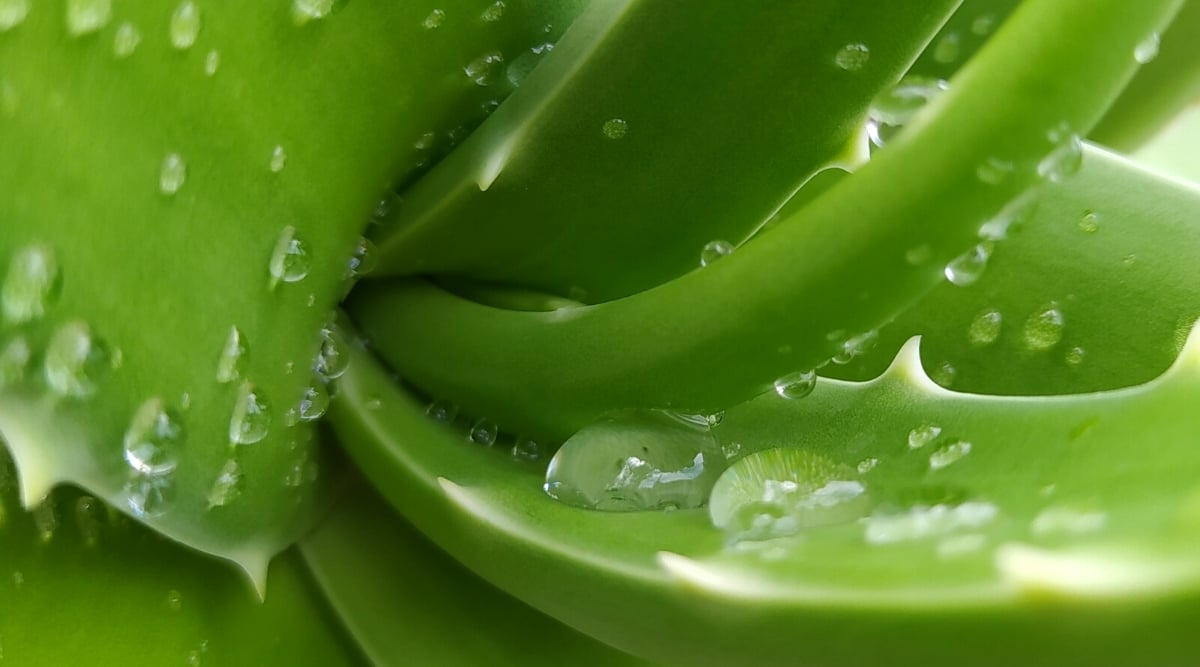

Many aloe varieties will perish by the fingers of well-meaning plant fanatics with a heavy hand for watering. Nevertheless this does not indicate you will need to water with a watch dropper filled with water every 12 days. I water my succulents by soaking them after which letting them dry out completely.
For that reason your soil and container are so important. It’s best to have soil which will drain freely and shortly. A sandy cactus combine, as talked about above, is good. You moreover need good-sized drainage holes throughout the bottom so water can run by it.
Take your full succulent container and preserve it beneath the tap. Let the water flow into by it. Then, let the excess water drain out of it completely. Wait until it dries out completely sooner than doing that when extra. Depart them alone for basically probably the most half. Aloes are further extra prone to perish from overwatering than underwatering.
Native climate and Temperature Requirements
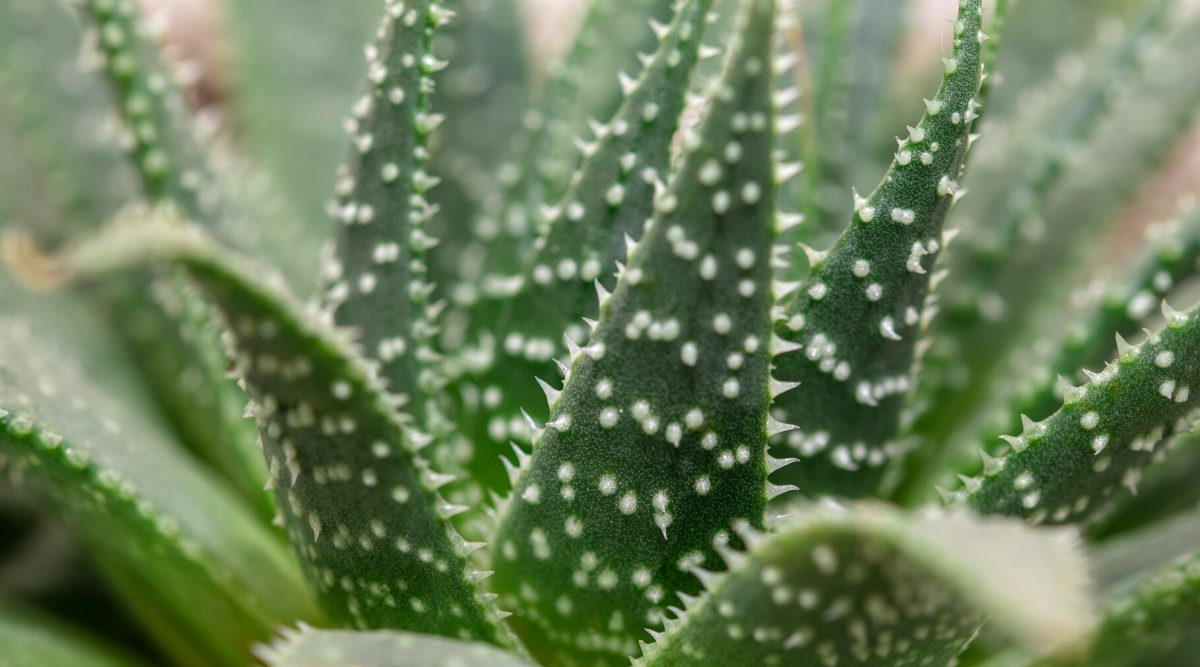

‘Minnie Belle’ aloe is a desert plant. It grows in zones Sep 11. It will not tolerate frost or overly humid conditions. For these causes, it makes an unimaginable houseplant in our warmth, dry homes.
Fertilizer
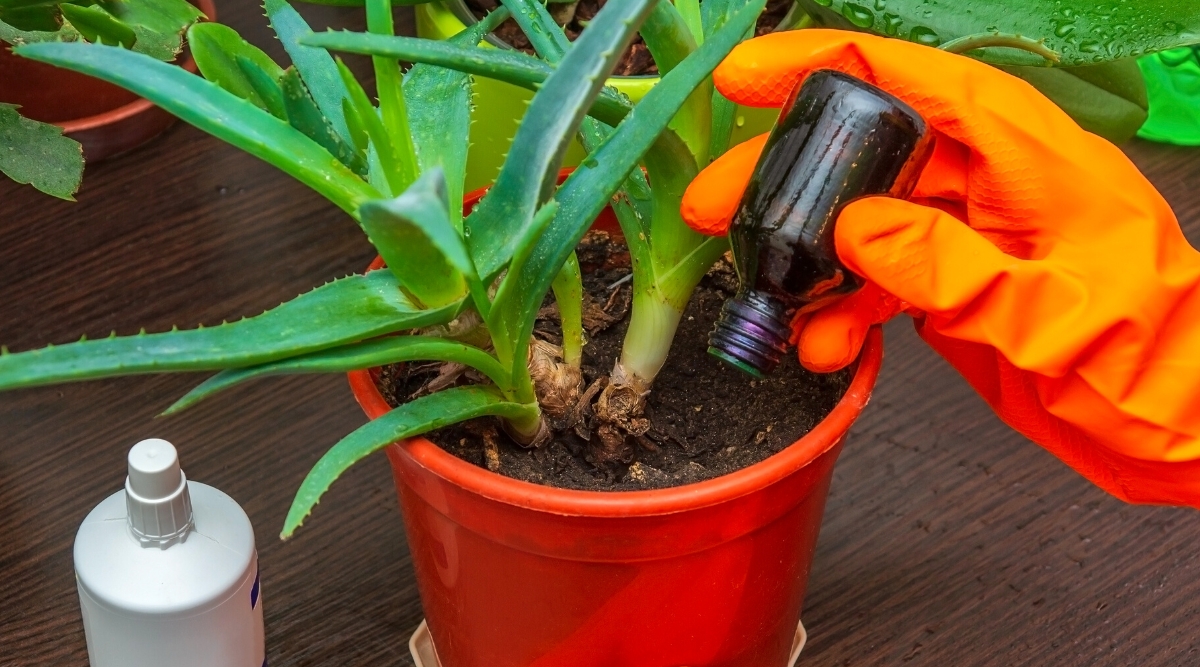

I generally tend to not fertilize my succulents pretty usually. I really feel it’s easy to kill them with kindness. The plant will most likely have to be potted up as a result of it grows, and the model new soil you repot into might have quite a lot of nutritional vitamins.
For those who want to fertilize, I might use one formulated for cacti and dilute it to half-strength. Adjust to the directions on the label for a approach normally to fertilize. As quickly as every three months or so will most likely be ample.
Repairs
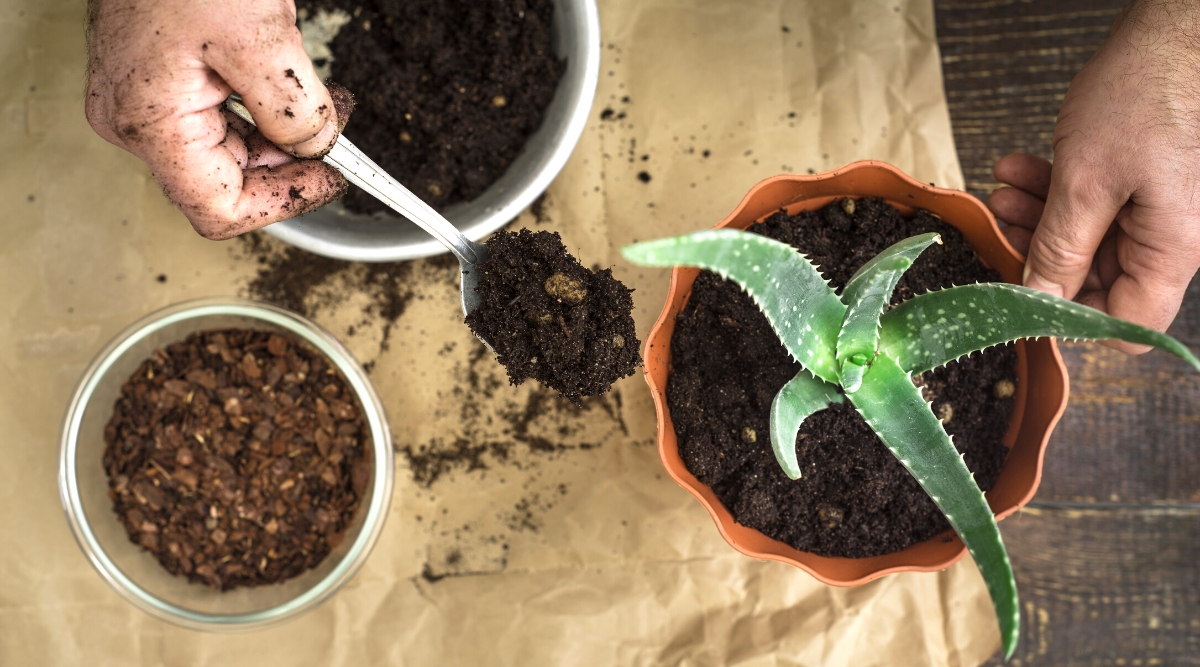

These succulents require little or no maintenance. They might have to be repotted and divided as they develop.
They will bloom within the summertime months. After they finish blooming, snip off the flower down the stem.
Design
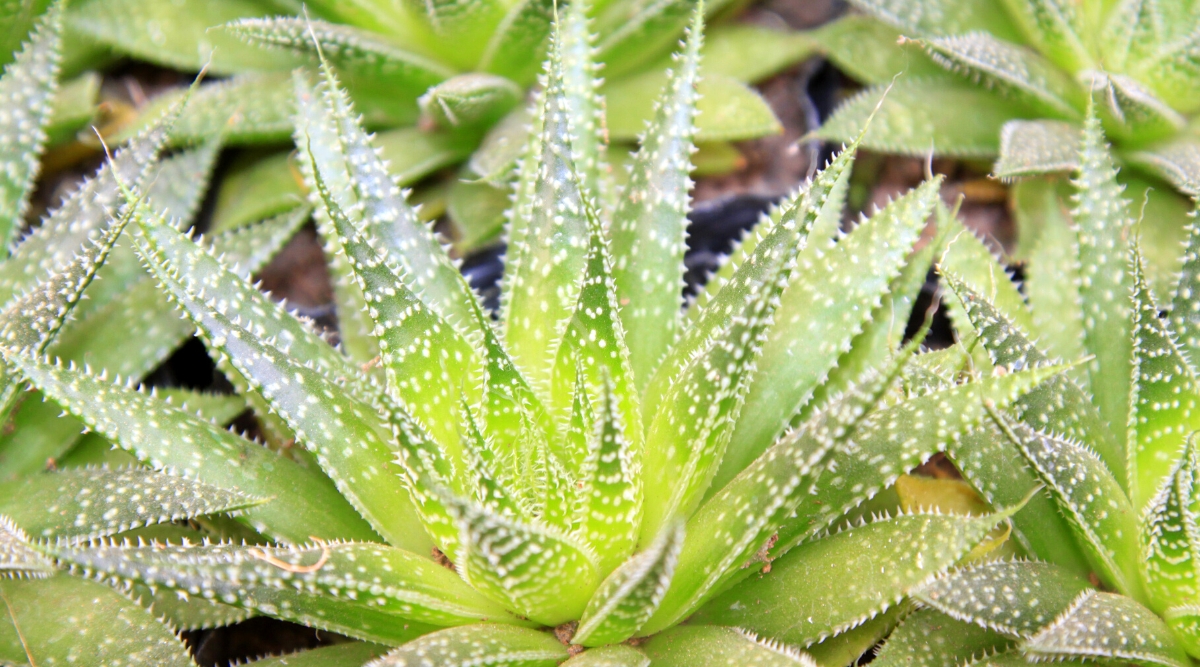

‘Minnie Belle’ makes an unimaginable houseplant. You’ll put them in decorative pots. If the pot doesn’t have drainage, use a liner pot that does. Then, when it is time to water your aloe, take out the liner pot and water it. Let the excess water drain and place it once more throughout the decorative container. Do not water it in a container with no drainage. Your aloe will not tolerate standing water.
Moreover they make an unimaginable addition to blended containers of cactus. Try together with numerous echeverias, lithops, cacti, and completely different succulents to a giant container. You’ll fill the areas between the vegetation with decorative rocks and/or sand.
Within the occasion you keep in a desert native climate, you can plant them open air. They provide the impression of being good in window bins or small planters. They will bloom spikes of purple bell-shared flowers which will attraction to hummingbirds. Within the occasion you keep in a colder house, you can go away them in containers and produce them in when the local weather will get chilly.
Pests and Diseases
‘Minnie Belle’ aloe is an excellent little plant for newcomers as a result of it faces only some points you most likely have it rising in its preferrred conditions. Nevertheless, like with all vegetation, it is not always problem-free. Listed below are some pests and illnesses your ‘Minnie Belle’ can develop.
Mealybugs
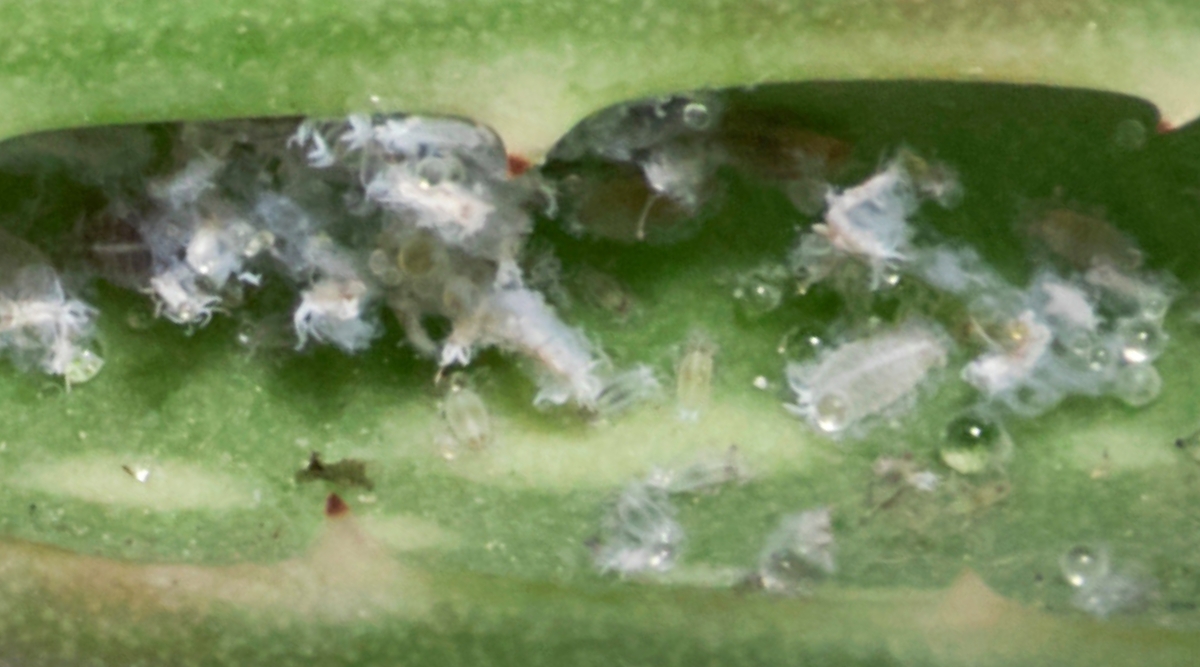

Mealybugs are the worst! These small, light, oval-shaped white bugs can infest your plant. You’ll discover them climbing throughout the nooks and crannies of the plant. They emit a sticky substance referred to as honeydew. Mealybugs will suck the life out of your aloe, and they may unfold to completely different vegetation.
‘Minnie Belle’ aloes are pretty small, and there aren’t any branching limbs filled with leaves that make good hiding places for mealybugs to get into. Within the occasion you uncover them in your ‘Minnie Belle,’ I counsel wiping them off with a cotton swab dipped in rubbing alcohol. Keep it up excessive of it until the infestation has subsided.
Root and Crown Rot
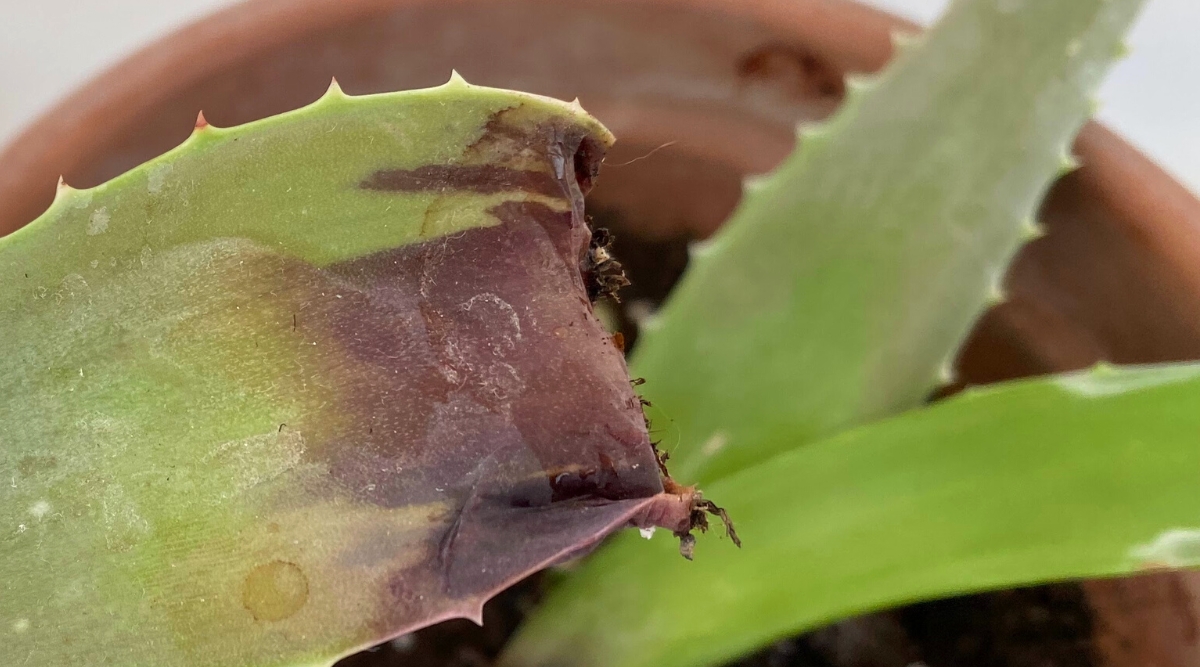

Crown and root rot is introduced on by fungal enchancment stimulated by over-watering. Make certain that your plant dries out between watering. Assure your container has passable drainage so the roots do not stand in water.
Within the occasion you uncover mushy leaves and stems, stop watering. It could be too late to save lots of numerous the plant whether or not it’s brown and mushy. Take a stem slicing of your plant and propagate a model new plant (study the proportion half above).
Repeatedly Requested Questions
A: The fleshy leaves will flip yellow or brown. Lastly, you will end up with root or crown rot, and the complete plant will flip to mush. Allow your aloe to dry out between watering.
A: No. It was named for Ed Hummel’s (the one who created the vary) partner, not the dimensions of the aloe. Whereas not massive, these aloe vera relations can develop a foot huge by about six inches tall.
Final Concepts
This generally is a cute and funky aloe in order so as to add to your assortment. With its spiky and seen foliage, it is distinctive and by no means pretty like completely different species. It seems good by itself in a container. It could be added to blended cactus gardens. ‘Minnie Belle’ aloe is simple to take care of and makes an unimaginable addition for model spanking new and expert houseplant fanatics alike.
[ad_2]
Provide hyperlink
